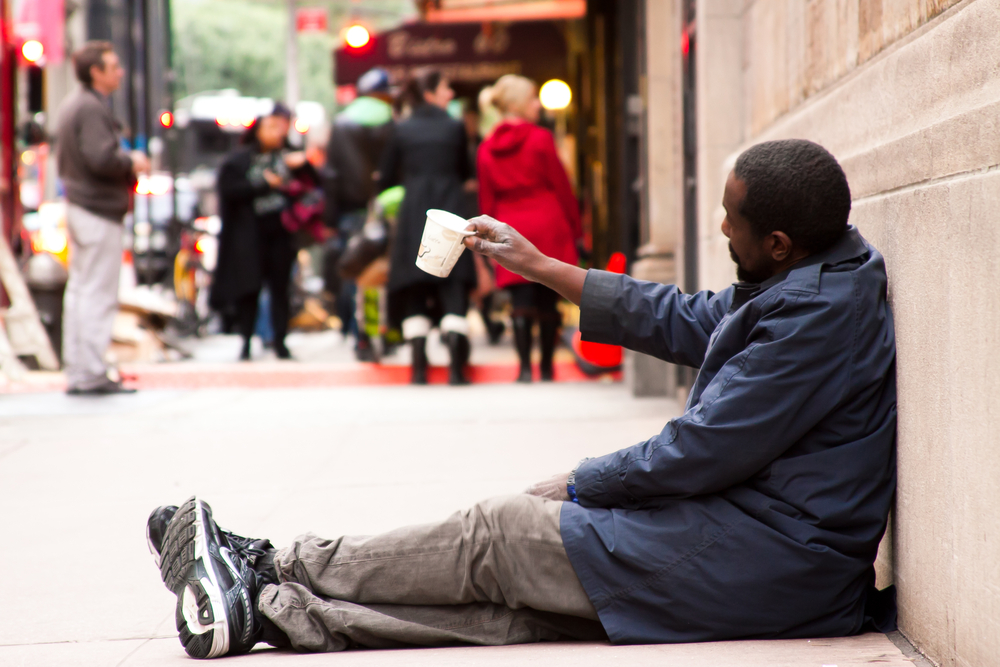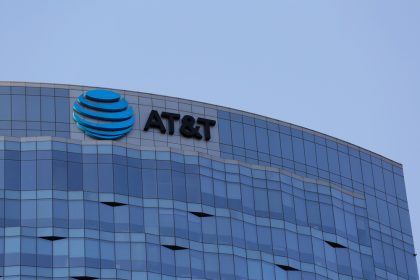A devastating increase in America’s homeless population has highlighted persistent racial inequities, with Black Americans bearing a disproportionate burden of the crisis. Federal data released in late December 2023 paints a grim picture of the nationwide housing emergency, showing an 18% spike in homelessness compared to the previous year’s count.
The escalating crisis
The dramatic rise in homelessness has sent shockwaves through advocacy communities and government agencies alike. While housing experts have long warned about affordability issues, the sharp increase has exceeded even the most pessimistic predictions. The surge represents the largest single-year increase in homelessness since the federal government began tracking these statistics.
Behind the numbers
The latest point-in-time count, conducted in January 2024, reveals more than just raw statistics – it illuminates a housing crisis that continues to worsen despite various intervention attempts. Housing affordability remains at the heart of the issue, with rising costs pushing more Americans toward housing instability. The crisis spans urban and rural areas alike, suggesting a systemic failure in addressing basic housing needs.
Racial disparities take center stage
Perhaps most striking about the recent data is the stark overrepresentation of Black Americans among those experiencing homelessness. While comprising roughly 13% of the U.S. population, Black Americans account for 37% of individuals facing homelessness. This disparity becomes even more pronounced when examining families with children, where Black Americans represent over half of those affected.
A legacy of systemic inequality
The disproportionate impact on Black communities reflects deeper systemic issues within American society. Historical policies such as redlining, discriminatory lending practices, and ongoing barriers to wealth accumulation have created a perfect storm of housing instability for Black Americans. These longstanding inequities, combined with current economic pressures, have exacerbated an already critical situation.
Federal response and limitations
The Biden administration has attempted to address the crisis through various initiatives, with the Department of Housing and Urban Development (HUD) taking a leading role. Some bright spots have emerged, particularly in veteran homelessness, which has seen an 8% reduction through targeted programs like the HUD-Veterans Affairs Supportive Housing Program.
However, experts caution that current measurement methods may underestimate the true scope of the crisis. The annual point-in-time count, while valuable, captures only a snapshot of homelessness on a single night, potentially missing the dynamic nature of housing instability that affects many Americans throughout the year.
Breaking the cycle
Addressing the homelessness crisis requires a multi-faceted approach that goes beyond temporary solutions. The overwhelming racial disparities in homelessness statistics suggest that any effective response must explicitly address systemic racism and its role in perpetuating housing instability.
Moving toward solutions
Several key areas demand immediate attention:
Housing affordability remains the fundamental issue that must be addressed through policy intervention. This includes expanding affordable housing stock, implementing rent control measures where appropriate, and creating more pathways to homeownership for marginalized communities.
Support services need strengthening to prevent homelessness before it occurs. This includes expanding rental assistance programs, providing legal aid for tenants facing eviction, and offering financial counseling services.
Long-term strategies must focus on addressing racial inequities in housing access, including reforming lending practices, increasing investment in historically underserved communities, and creating more opportunities for wealth building among minority populations.
Looking ahead
The current homelessness crisis represents more than just a housing shortage – it reflects deeper societal inequities that require comprehensive solutions. While some progress has been made in specific areas, such as veteran homelessness, the overall trend suggests that current approaches are insufficient to address the scale of the problem.
As communities across the nation grapple with rising homelessness rates, the racial disparities highlighted in recent data underscore the need for targeted interventions that address both immediate housing needs and underlying systemic issues. Only through such comprehensive approaches can we hope to reverse the troubling trends and ensure stable housing for all Americans.
The path forward requires sustained commitment from policymakers, community leaders, and advocacy groups to implement solutions that address both the immediate crisis and its root causes. As the numbers continue to rise, the urgency of this work becomes ever more apparent, demanding immediate action to protect vulnerable populations and work toward a more equitable housing landscape for all Americans.















